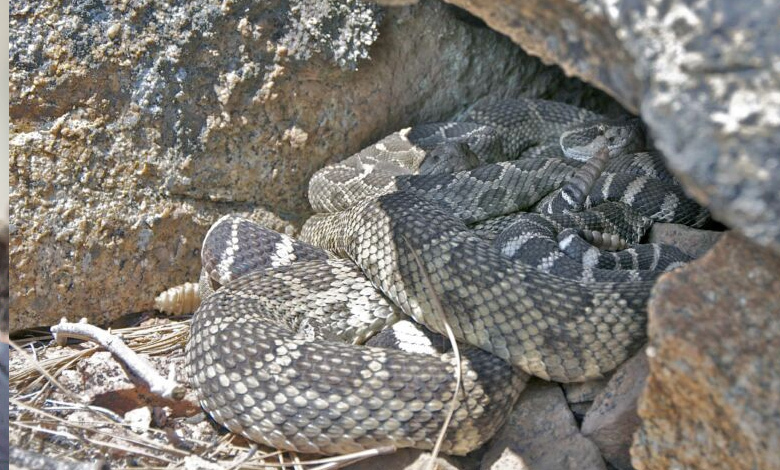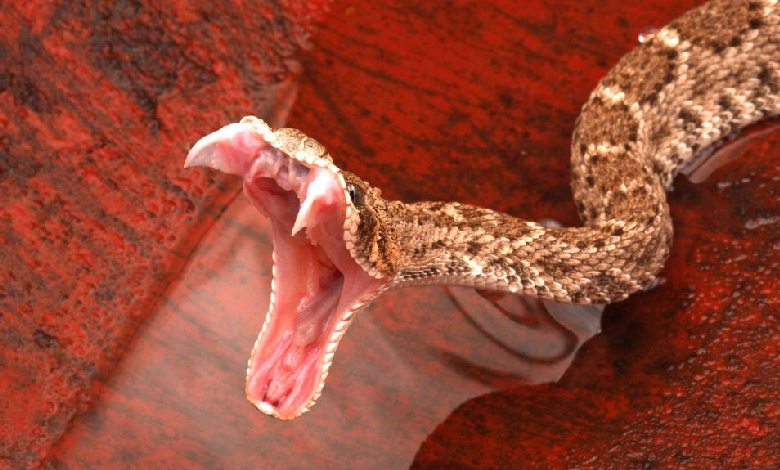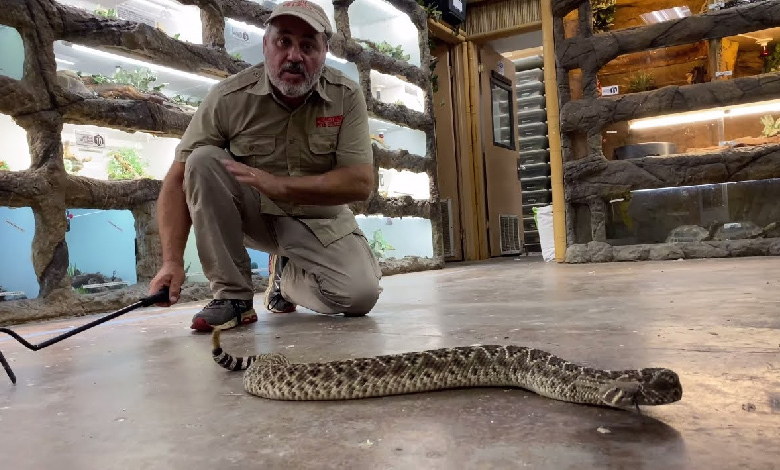Important things to know while mapping rattlesnake dens

Playing an essential part in their ecosystems, rattlesnakes are an intriguing and sometimes hazardous animal. It is essential for public safety and conservation efforts to map their dens. To assure accuracy and reduce hazards, this activity needs meticulous preparation and execution. The crucial elements to take into account when mapping rattlesnake dens will be discussed in this post.
1. Understanding Rattlesnake Behavior:

Before embarking on mapping efforts, it is essential to have a thorough understanding of rattlesnake behavior. Rattlesnakes are ectothermic and rely on specific environmental conditions for thermoregulation. They often seek out dens for hibernation during colder months and may use communal sites for this purpose.
2. Safety Precautions:

Safety should always be the top priority when mapping rattlesnake dens. Ensure that all team members are trained in snake handling and first aid. Wear appropriate protective gear, including sturdy boots and snake-proof gloves. Use caution when approaching dens, and avoid sudden movements that could startle the snakes.
3. Research and Preparation:

Before mapping a rattlesnake den, conduct thorough research on the species’ habitat preferences and local geography. Consult with experts or local herpetological societies for guidance. Obtain any necessary permits or permissions required for fieldwork in the area. Familiarize yourself with the terrain and potential hazards.
4. Timing and Seasonality:

Timing is critical when mapping rattlesnake dens. Conduct surveys during the snakes’ active periods, typically in the spring and fall. Avoid disturbing hibernating snakes during the winter months, as this can disrupt their natural behavior and cause stress. Monitor weather conditions and plan fieldwork accordingly.
5. Survey Methods:

Choose appropriate survey methods based on the size and accessibility of the den site. Visual surveys, where observers carefully scan the area for snakes, are commonly used. Remote sensing techniques such as infrared thermography or drone surveys can also be effective for larger or inaccessible sites. Use GPS technology to accurately record den locations.
6. Data Collection:

When mapping rattlesnake dens, collect detailed data on den characteristics, including size, shape, orientation, and substrate type. Document the number of snakes observed, their species, size, and behavior. Take photographs or videos to supplement written records. Record environmental variables such as temperature, humidity, and vegetation cover.
7. Ethical Considerations:

Respect the welfare of the snakes and their habitat throughout the mapping process. Minimize disturbance to the den site and surrounding ecosystem. Avoid handling snakes unnecessarily and release them safely after data collection. Share findings responsibly and advocate for the conservation of rattlesnake habitats.
8. Data Analysis and Reporting:

Once field surveys are complete, analyze the collected data to identify patterns and trends in rattlesnake den usage. Prepare comprehensive reports detailing survey methodologies, findings, and recommendations for management and conservation strategies. Share results with relevant stakeholders, including land managers, policymakers, and the public.
9. Continued Monitoring:

Rattlesnake den mapping should be viewed as an ongoing process rather than a one-time endeavor. Establish long-term monitoring programs to track changes in den occupancy, habitat conditions, and human impacts over time. Regularly revisit mapped sites to update records and assess conservation status.
10. Public Outreach and Education:

Engage with local communities and stakeholders to raise awareness about rattlesnakes and their ecological significance. Provide educational materials on snake safety and conservation practices. Organize outreach events, workshops, or guided tours to foster appreciation and understanding of these fascinating reptiles.
An important conservation tool that safeguards both people and snakes is the mapping of rattlesnake dens. Researchers can guarantee the continuing existence of these iconic species and further our knowledge of rattlesnake ecology by adhering to these crucial guidelines and using ethical field techniques.



